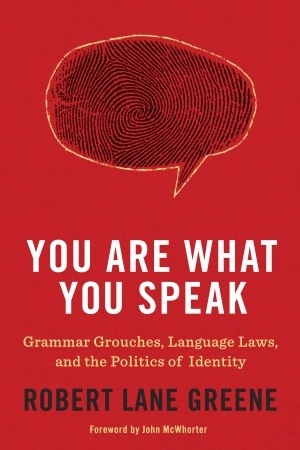“Every ninth grader here reads Romeo & Juliet,” a teacher tells me. She’s explaining the unyielding nature of the school’s curriculum, and I stop her short.
“Well,” I say, “everyone receives a copy of Romeo & Juliet. Everyone probably sits in class with their copy of the book as long as it’s being taught. And, everyone probably, answers whatever quiz questions or essay prompts they’re asked. To say that they all read Romeo & Juliet, no, that’s a groundless claim.”
The teacher stares at me.
I’d acknowledged the secret of contemporary schools we’re not supposed to acknowledge. Though the classroom in question was an English classroom, that was for purposes of discussion. We could easily have been discussing a history class, and she could easily have claimed every student is required to learn about the Battle of the Bulge.
Again, it would have been untrue.
At some point, long ago, teachers and students entered into a pact that has been passed down from generation to generation – we could claim they were all engaging in the intended content so long as we turned a blind eye to the fact that they were not, in fact, engaging in this content.
In the English classroom the pattern is easy to predict. The whole class is assigned a section of a text to read. The next day, all students are in their seats, the teacher begins a conversation by asking some question or another regarding the content of the assignment. From here, our game begins.
Perhaps 5-7 students take over the role of answering the teacher’s questions. Some, but not likely all, of these students have completed the reading as assigned. The rest of this small group have read some of the text – enough to get by in conversation. From here, we have the handful of students who maybe started the reading, but decided to look online to see what others had posted rather than reading the actual text.
They enliven our conversation with reactions to the comments of the first group, agreeing and using previous language in their descriptions so as not to step too far astray from what might sound correct.
Finally, we have those students who did not read the book and have no intent of reading the book. In some cases, they cannot read the text. More often, they choose not to because what they hear in class disinterests them or they learned years ago that this kind of thing isn’t for them. No joy can be found here.
Luckily for this last group, the others take on the lion’s share of the work, and they need not worry about being called on to speak.
A teacher who does call on these students has broken the pact. The answers she receives will be fumbling if they’re answers at all. Each person in the classroom will look on uncomfortably, waiting for the exchange to be completed. For the student in question, the teacher has moved to prove the point that books are painful things, not worth their time.
This story plays out in some form or another across classrooms, subjects and schools on a daily basis. The pact remains intact.
Two ways exist for improving the experiences of both the students and teachers, but only one is worthwhile.
The first, which is most often found in those schools run by people taking on the mantle of “ed reformers” is to implement new structures and checkpoints designed to force all students to engage with the material and perform as expected on assessments. While this accomplishes the initial intentions of assigning a blanket text or assignment, it also, unfortunately, accepts that initial intent as correct.
What is preferable and much more likely to result in student learning is the allocation of choice. In the original English classroom, remove Romeo & Juliet and replace it with whatever the students choose to read. Require reading, yes, but require reading alone. While reading Romeo & Juliet may have inherent value in the education of students, that value is nothing when compared with the inherent value of reading, which so few students were doing before.
I understand this is not how most of us were taught. If we were given any choice at all in the content we consumed, it was likely in addition to some text we were reading with our class as a whole. More likely still is the idea that the majority of students read neither the whole-class text nor the choice text with ample fidelity.
For those still clinging to the idea of an entire class of students reading the same book, I would answer, they never were. And, to get them all to be, literally, on the same page, would take a managerial effort that could accomplish the goal at the loss of any joy that could have lurked within the assignment in the first place.
Like this:
Like Loading...




